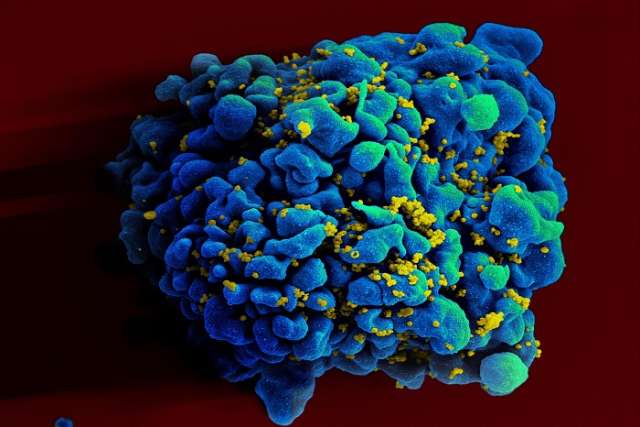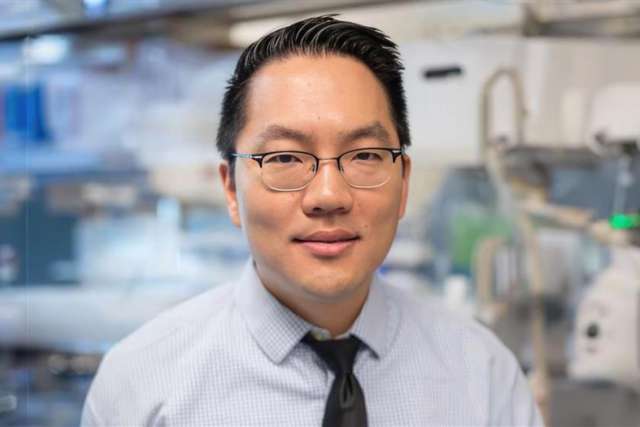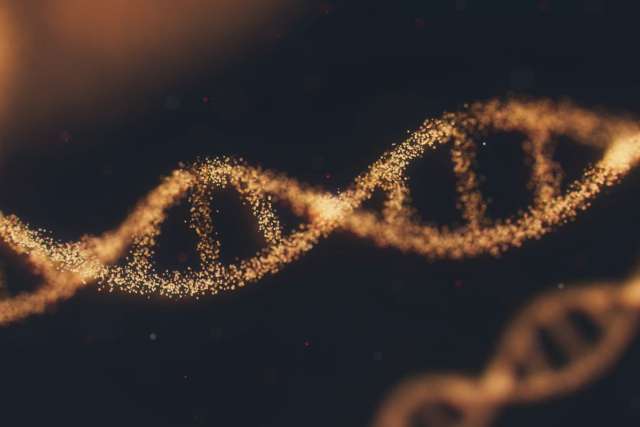UCLA AIDS Institute researchers successfully removed CCR5 — a cell receptor to which HIV-1 binds for infection but which the human body does not need — from human cells. Individuals who naturally lack the CCR5 receptor have been found to be essentially resistant to HIV.
Using a humanized mouse model, the researchers transplanted a small RNA molecule known as short hairpin RNA (shRNA), which induced RNA interference into human blood stem cells to inhibit the expression of CCR5 in human immune cells.
IMPACT:
The findings provide evidence that this strategy can be an effective way to treat HIV-infected individuals, by prompting long-term and stable reduction of CCR5.
AUTHORS:
Saki Shimizu, Patrick Hong, Balamurugan Arumugam, Lauren Pokomo, Joshua Boyer, Naoya Koizumi, Panyamol Kittipongdaja, Angela Chen, Greg Bristol, Zoran Galic, Jerome A. Zack, Otto Yang, Irvin S.Y. Chen, Benhur Lee and Dong Sung An, all of UCLA.
JOURNAL:
Blood, Journal of the American Society of Hematology
FUNDING:
The research was funded by a Rheumatology Fellowship Training grant, the UCLA AIDS Institute, the UCLA Center for AIDS Research, the National Institute of Allergy and Infectious Diseases, the National Heart, Lung and Blood Institute, and the National Cancer Institute.



